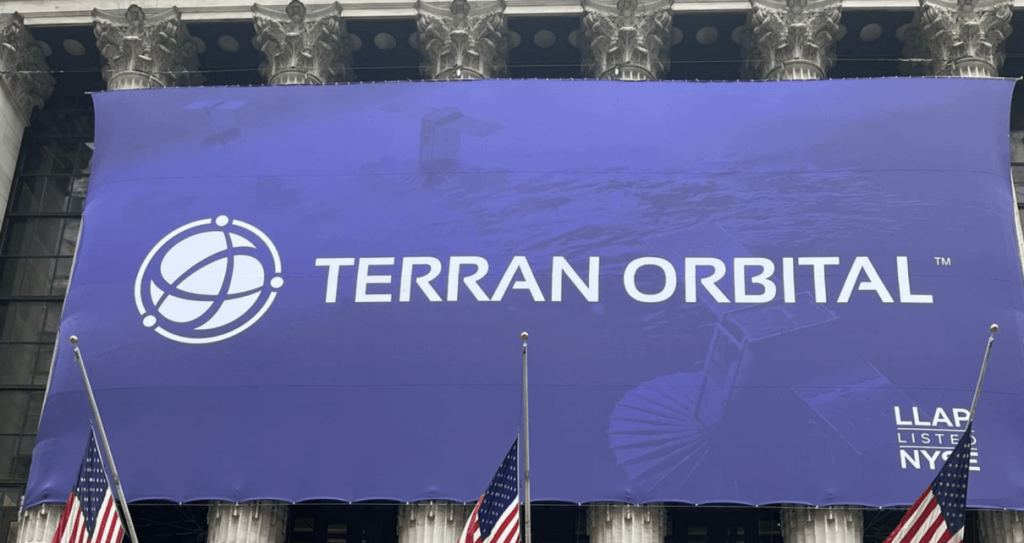Spacecraft manufacturers Terran OrbitalAfter closing the SPAC merger on Monday, New York Stock Exchange began trading. The exchange went public on Monday with more than $200 million of outstanding orders.
Terran trades under the ticker LLAP — a reference to the Star Trek saying “live long and prosper” – with shares previously listed under the special purpose acquisition company Tailwind Two Acquisition Corp.
In afternoon trading, Terran shares fell by 13%
Terran is joining a growing number of companies in space that are going public via SPAC transactions, like Virgin Galactic, Astra, Rocket Lab, PlanetMore. CNBC spoke with Marc Bell, Terran CEO and co-founder. He said that his company is unique because of its foundation.
Bell stated that “We looked at many of the space SPACs that went out, and some of them weren’t businesses that ought to have gone public.” Bell stated, “We have real revenues and real pipelines, real backlog, and real customers.”
Closing its merger nets Terran with $255 million in gross proceeds, with $29.4 million from Tailwind Two as well as a $50.8 million PIPE round — or private investment in public equity — which included investors AE Industrial Partners, Beach Point Capital and Lockheed Martin. Rest of the capital was provided by $175.3 millions in debt financing via Francisco Partners, Beach Point Capital, and Lockheed Martin.
“We’re using that money to expand — basically hiring and training of new people and adding new facilities,” Bell said.
Terran recorded $25 million revenue for 2020. This grew to over $40 million last year. Terran has several satellite contracts with NASA and Pentagon. Its revenue backlog is growing from $68million last year to over $200 million now.
The company is headquartered in Boca Raton in Florida and plans to increase its capacity for satellite manufacturing by building a 660,000-square-foot plant near Cape Canaveral, as well as leasing an Irvine facility that measures 60,000-square-foot. More than 300 employees make up the company’s consolidation of Tyvak satellite manufacturer and PredaSAR imagery specialist.
Bell explained that the manufacturing industry is unique because it generates recurring revenues. It’s cheaper to create a constellation and then keep it updated with new technology. Then, they can build one “juicy target” in space.
Terran’s spacecraft are being built for customers, and it is currently working on its own system with 96 Earth imagery satellites. Bell describes this as Earth observation 3.0. Bell stated that satellites would incorporate two kinds of imagery collection technology: optical and synthetic aperture. This will allow Terran “overlay data” to provide customers with more detail analysis.

